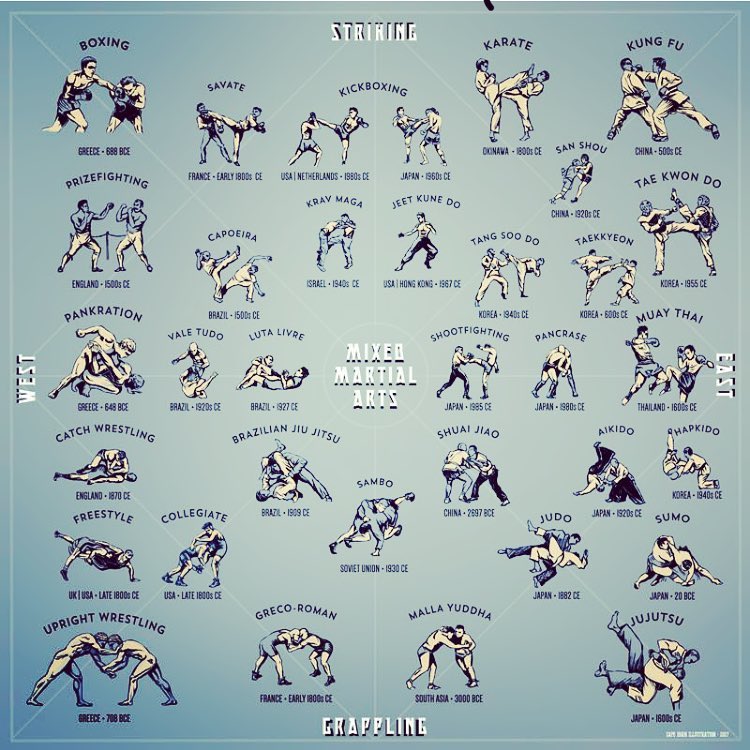Just How Do Standard Martial Arts Focus On Technique Compare To Contemporary Combat Sporting Activities Focus On Competitors? Discover The Vital Distinctions That Can Shape Your Journey
Just How Do Standard Martial Arts Focus On Technique Compare To Contemporary Combat Sporting Activities Focus On Competitors? Discover The Vital Distinctions That Can Shape Your Journey
Blog Article
Author-Camp Brady
When you consider martial arts, do you lean much more towards the traditional practices or the contemporary combat sporting activities? Read More On this page supplies unique advantages and experiences, shaped by their philosophies and training techniques. Traditional martial arts stress personal development and self-control, while contemporary fight sporting activities concentrate on competitors and performance. Recognizing these differences can lead you in selecting the best method for your trip. Yet how do these distinctions materialize in training and ideology?
The Ideology and Background Behind Traditional Martial arts
While lots of people link martial arts with physical fight, the approach and history behind standard martial arts run much deeper. You'll find that these techniques stress individual development, self-control, and respect.
Originating from old techniques, typical martial arts were often created for Self-Defense and spiritual growth. They personify principles such as equilibrium, consistency, and self-control, directing specialists past simple combating skills.
As you train, you'll not just find out methods yet likewise gain insights right into the society and values that shaped these arts. The rituals and customs, usually passed down via generations, foster a sense of area and belonging.
The Affordable Nature of Modern Battle Sports
Modern fight sports have transformed the landscape of martial arts into a highly affordable field, where professional athletes challenge in an examination of skill, technique, and endurance.
You'll see that competitors are commonly organized with rigorous regulations and regulations, making certain fair play and security. These events attract big audiences, sustaining the exhilaration and intensity of matches.
Athletes educate carefully, not just for physical expertise but also for psychological sturdiness, knowing that every information counts in the ring. The adrenaline thrill throughout competitors is palpable, as fighters press their restrictions to declare triumph.
vedic martial arts and creativity involved, making modern fight sporting activities a thrilling spectacle that remains to evolve and captivate enthusiasts worldwide.
Training Methods and Methods: A Relative Analysis
The affordable ambience of modern fight sports needs innovative training approaches that vary dramatically from conventional martial arts.
In modern training, you'll focus on particular strategies, sparring, and conditioning, typically utilizing drills that replicate genuine fight situations. You'll see an emphasis on measurable efficiency and frequent competition to analyze your abilities.
In contrast, conventional martial arts focus on types, katas, and thoughtful mentors, commonly highlighting technique and regard over competitors.
Training is normally less extreme and may include repetitive practice instead of real-time sparring.
While both techniques construct ability and fitness, contemporary combat sports supply a much more dynamic and versatile training environment, preparing you for immediate obstacles in the ring or cage.
Select the path that straightens with your goals and passions.
Verdict
In picking in between conventional martial arts and modern-day fight sports, it really boils down to what you value many. If you're searching for individual development, technique, and a feeling of community, traditional arts may be your ideal fit. Yet if you prosper on competition and real-time difficulties, modern battle sporting activities could be the way to go. Inevitably, both paths supply one-of-a-kind advantages, so it's all about aligning your training with your personal objectives and passions.
